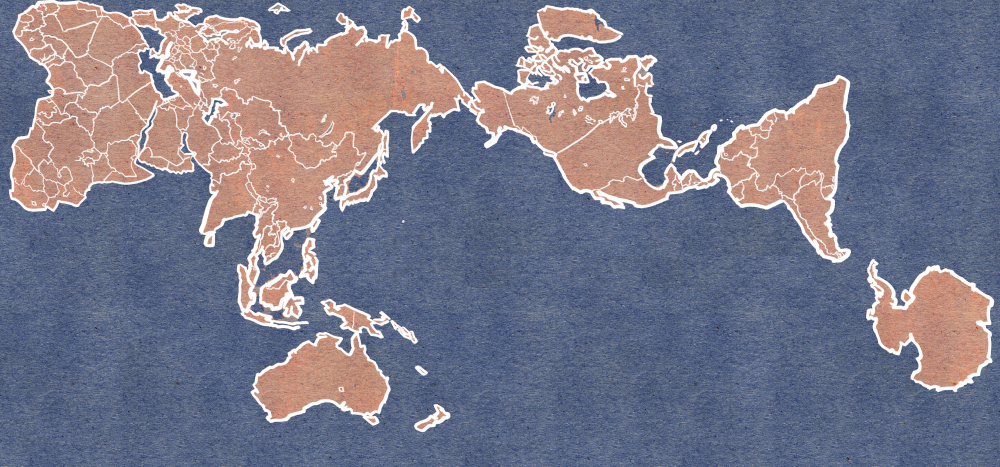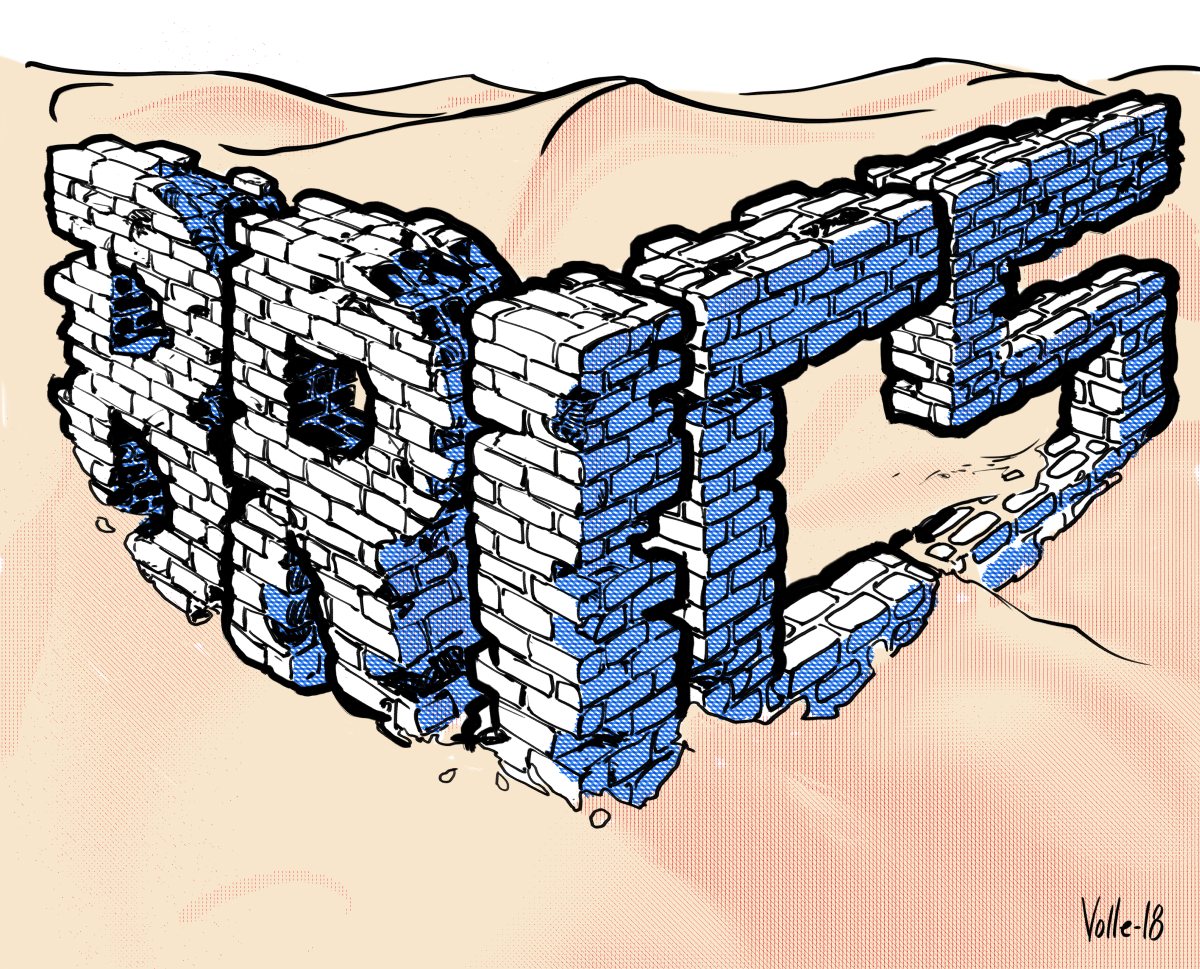Has the world already forgotten BRICS?
Jyrki Käkönen
BRICS’ 10th Summit will be held this year in South Africa. While the association is entering its second decennia it is still open whether it has come to stay, or shall its diversity break it down. What is certain, one hardly finds BRICS mentioned in various reports on the state of the world published recently.
The first BRICS decennia has shown that all five members have their own reasons to cooperate in the context of BRICS.
For Russia BRICS is an important element to balance the expansion of the Transatlantic world into its Western borders. It has brought Russia closer to China. In the Russian world politics BRICS is understood as an alliance against the Western hegemony. Therefore, in the Russian imagination the goal of BRICS is to reorganize if not revolutionize the current international order.
For China BRICS is a valuable tool to rise its own political weight match its economic weight. In the classical Chinese imagination, it means to return China into the centre of world politics. However, for China BRICS hardly is the top priority in transforming the international order. It is just one element among others, like the AIIB.
Russia and China are the strongest military powers in BRICS. Out of these two, Russia could be ready to confront the USA. China is more careful in irritating the USA. According to traditional Chinese worldview China’s own development is depending on stable and peaceful international order.
Brazil and South Africa have an interest in BRICS for regional reasons. For both cooperation with Russia, China and India can support their role as a potential regional leader. Simultaneously membership in BRICS gives them a chance to participate in the construction of possible Asian centric world order.
India is in a more complicated situation. It simply cannot stay outside and leave the gate open for a Chinese hegemony in Asia and maybe even in the global order. For India membership in BRICS gives a chance to have its eye on China. For BRICS India’s membership makes it hard to become an anti-Western coalition. This is because India’s current close relations with the USA, its participation in Quad and strong commitment to liberal international order.
BRICS is not over yet. The interest to include new members into BRICS tells the same story. Xiamen Summit was organized in the form of BRICS+
Despite diverse national interests BRICS members have common interests, too. They all share the understanding that the Western powers and values have an immoderate role in global governance. This makes BRICS an institution that at least challenges the Western hegemony. All BRICS members also praise diversity, and in this respect, BRICS is against Western universalism.
Common goal for all BRICS members is a multipolar world order. But its aim is not to weaken current international institutions of global governance. In this respect Xiamen declaration seems to embody status quo. It gives support for further globalization, the realization of Paris agreement and is strongly against protectionism.
In BRICS interest is also to strengthen the role of the UN, WTO as well as G20 in global governance. However, BRICS also seeks more decisive role for itself in those institutions. BRICS is also interested to strengthen the role of a renewed UN security council. It also supports greater role for India, Brazil and South Africa in the UN context. But China and Russia are not ready to see any other BRICS member as permanent UNSC member.
Despite contradictions among the BRICS members it has been able not only to survive the first ten years but also to create a new functioning financial institution, the New Development Bank (BRICS Bank). This is an institution lead by developing countries. In praxis it endorses developing world’s independence from the still Western lead Bretton Woods system.
With the New Development Bank, the BRICS can construct beside World Bank and the IMF its own model for the rest of the developing world. But the aim is not to replace those Western lead institutions. However, it is still open how much the NDB represents a new kind a system of global governance.
First ten years of BRICS existence have not made it easy to define, what BRICS is about. It hardly is a political organization, although it is more than just a forum for talks. Certainly, it is not a security organization, although in Ufa 2015 Russia tried to bring BRICS and SCO closer to each other. Neither it is an economic cooperation organization or a free trade area. In internal BRICS trade China is important partner to everyone else, but otherwise BRICS mutual trade is still insignificant.
According to R. James Ferguson, Peter Frankopan and Barry Cunliffe events in Eurasia have always defined world history. Currently BRICS brings together huge part of Eurasia. However, the Islamic Central Asia as well as in general the Islamic world is outside the association. This may be changing as China’s Belt and Road Initiative brings Central Asia into close contact with BRICS. Russian interest to connect BRICS and EAEU has the same function.
BRICS diversity and diverse interests of its members is not necessary a symptom of weakness. Xiamen summit demonstrates how working together is important for BRICS members. Just few days before the Xiamen summit due to India – China Doklam skirmish the realisation of the summit was still open. To make the summit possible India and China found a solution, at least temporarily. BRICS is one of the few institutions where India and China are forced to work together.
While forcing two of its members to settle their bilateral problems Xiamen Summit sends a message that the time of BRICS is not over yet. The interest to include new members into BRICS tells the same story. Xiamen Summit was organized in the form of BRICS+. China invited Egypt, Guinea, Tajikistan, Thailand and Mexico to participate the summit. In addition to Egypt and Mexico, Argentina, Indonesia, Iran, Turkey and Nigeria are on the potential new members’ list. Next step could be to invite some permanent observers into BRICS cooperation.
In thinking China – India cooperation one important achievement in Xiamen was a holistic stance against terrorism. For the first time the summit condemns Pakistan supported terrorist organisations active in Kashmir. Here China stands against its all-weather friend Pakistan. China did this most likely to construct a peaceful context for advancing its Belt and Road Initiative, especially China-Pakistan economic corridor.
maybe classic mandala or tianxia systems give a hint about the future
Finally, it seems to be possible to conclude that BRICS at least complements existing international structures. But it also might represent a new kind of system in global governance, especially in the form of NDB. At least it challenges the hegemony of minority. Further, there is a chance that BRICS personify the fading out of the Western-centric order and the dawn of the non-Western-centric order. However, there is not enough evidence, yet, to say how the possible new order will look like. Or maybe classic mandala or tianxia systems give a hint about the future.
I would like to conclude that BRICS works for pluralist multipolar international order, but it does not have, at least yet, the status of a hegemonic institution. It lacks the authority of setting norms and rules of global governance.


